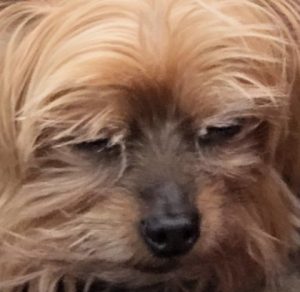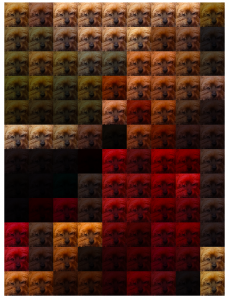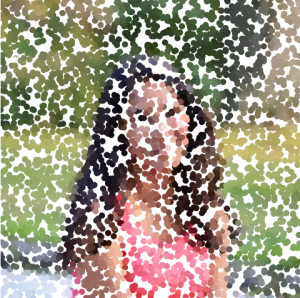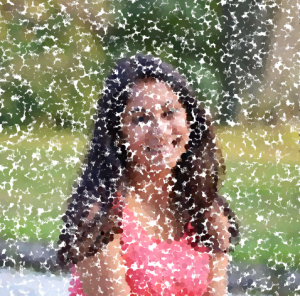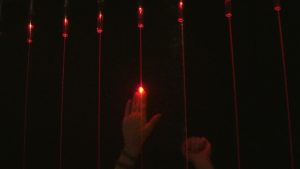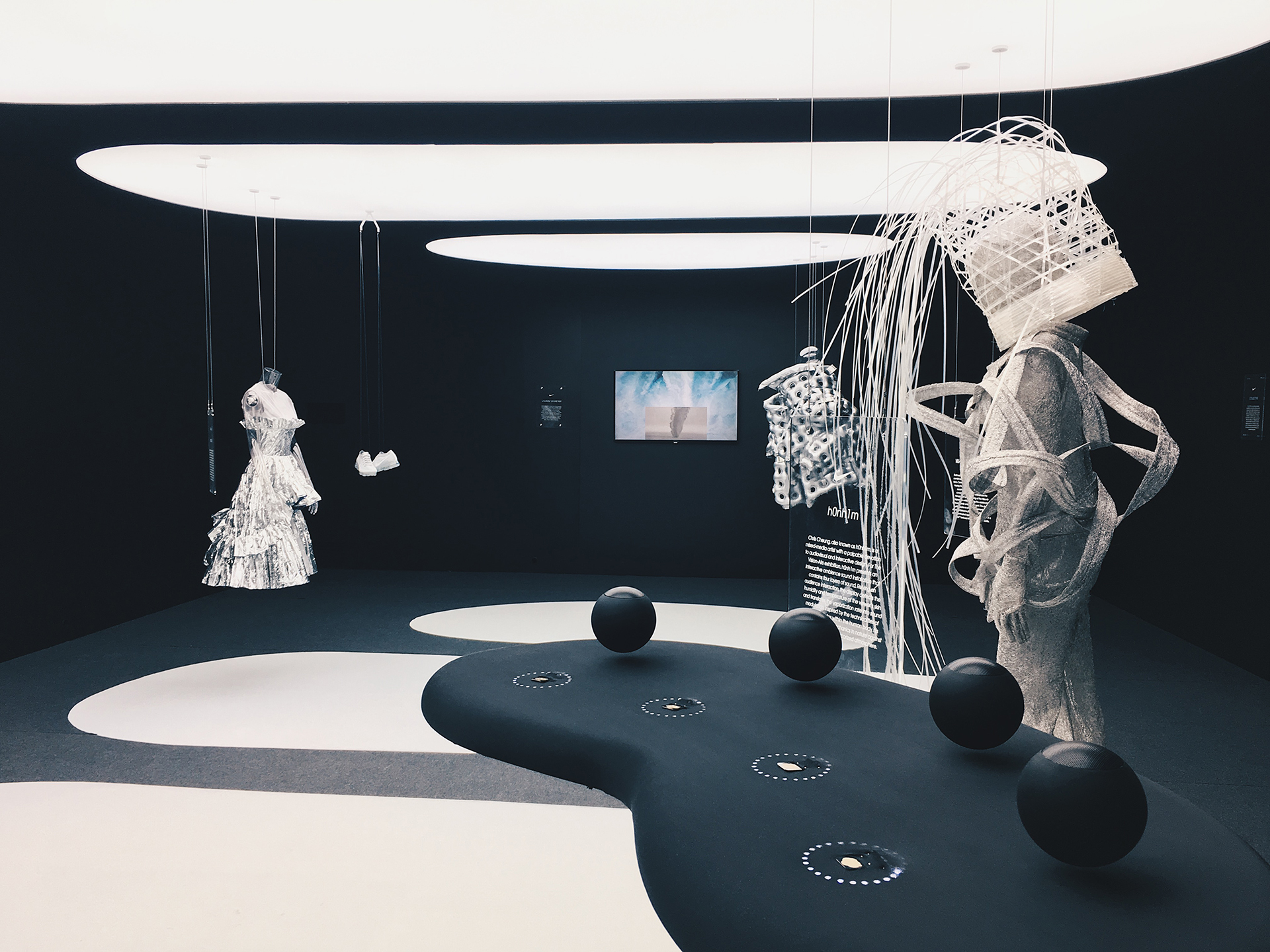Eyeo 2018 – Giorgia Lupi from Eyeo Festival on Vimeo.
The artist I chose for this week’s looking outwards is Giorgia Lupi. She is an information designer who designs engaging visual narratives in a humanistic way that re-connects numbers with stories, people, and ideas. She creates work that emphasizes the notion that data can not only describe the objective world, but can also illustrate aspects of human life, which are not commonly associated with numbers. I was particularly drawn to her work, as she uses design methodologies, particularly user empathy and designing for emotion, in order to transform quantitative analysis into beautiful, playful moments of emotion, humanity, poetry, and art. She does so by creating work through very hand-drawn, analog, and raw forms, which strongly appeal to me. As someone who is interested in user experience, information design, and design methodologies, this lecture allowed me to view information design and data from a different perspective– one that is empathetic and humanistic rather than purely quantitative. From this lecture, my main takeaway was that we can inspire empathy through data, data is the eye of the beholder, data is never the point but always a medium we have to abstract, data can unite us, and ultimately, that data has the potential to transform the uncountable into something that can be reconnected to our lives and to our behaviors.
Lupi’s project titled “Bruises — the Data We Don’t See” initially drew me in through its aesthetics and color palette. At first, the image’s pastel colors and floral texture make it appear as a cherry blossom illustration. However, as I began to read the artist statement, I realized that they were not flower petals, but platelet counts, showing the amount of petechiae. This project highlighted how clinical records alone can hardly capture the impact the illness of a child has on a family. This project was moving to me, as it demonstrates how data visualization can evoke empathy and activate us on not only a cognitive level, but also an emotional level.
Giorgia lupi’s website
![[OLD FALL 2018] 15-104 • Introduction to Computing for Creative Practice](https://courses.ideate.cmu.edu/15-104/f2018/wp-content/uploads/2020/08/stop-banner.png)


